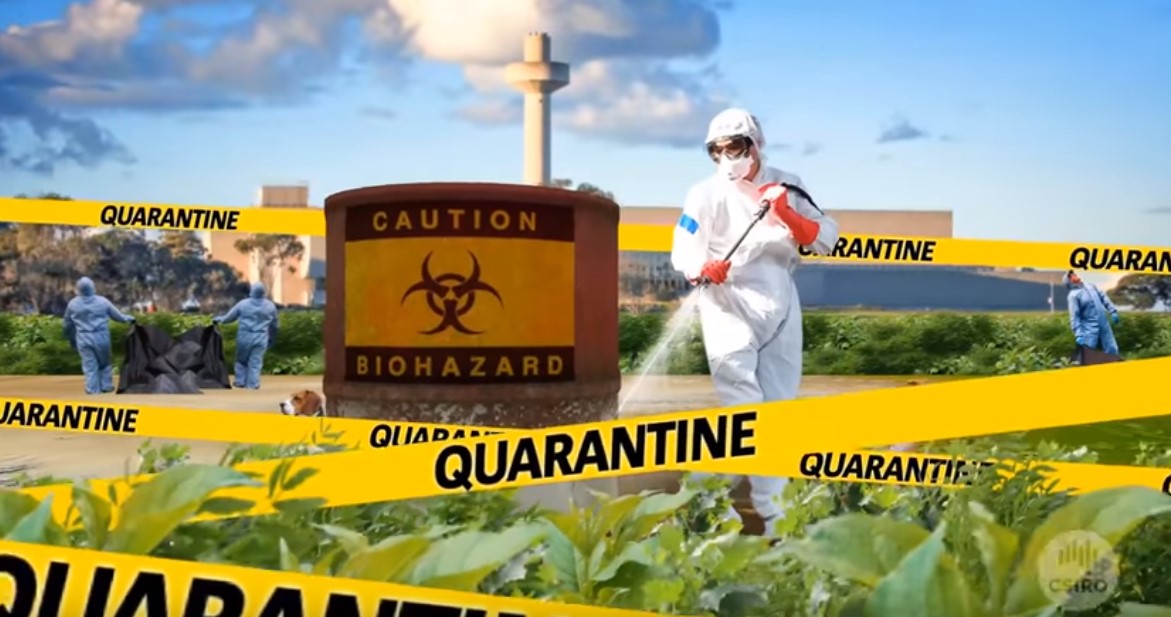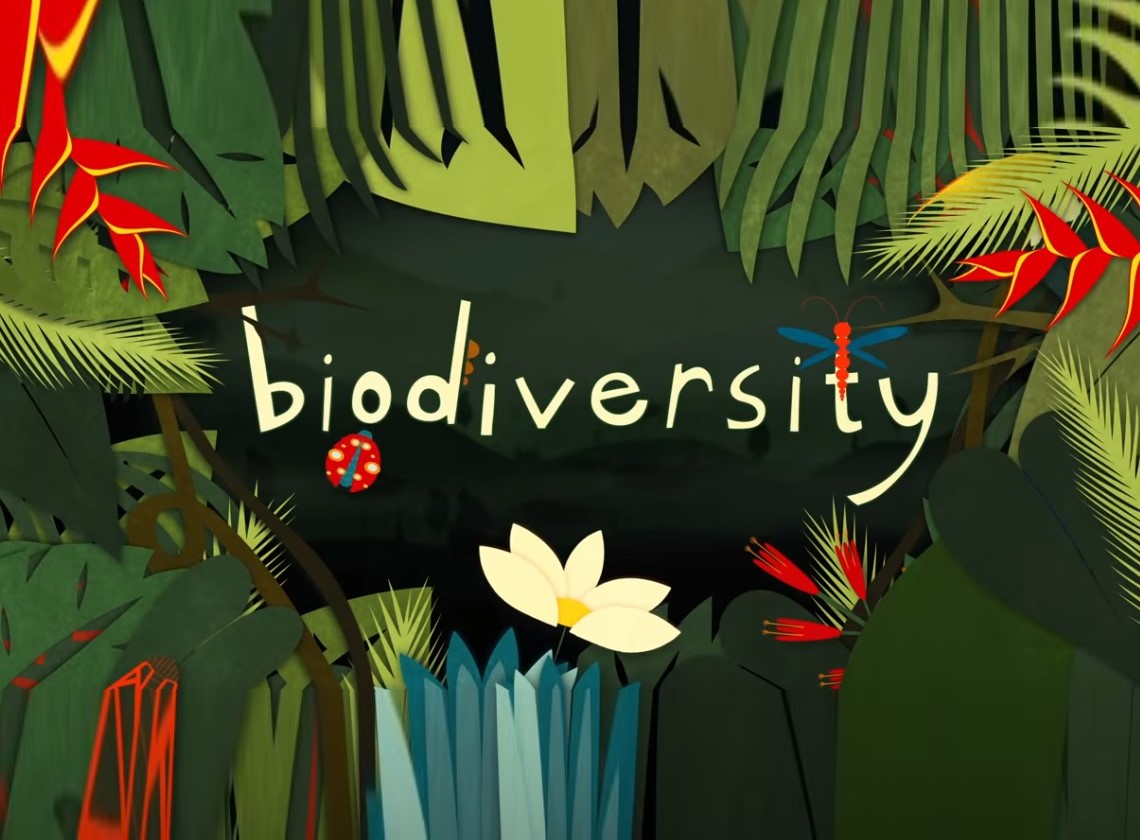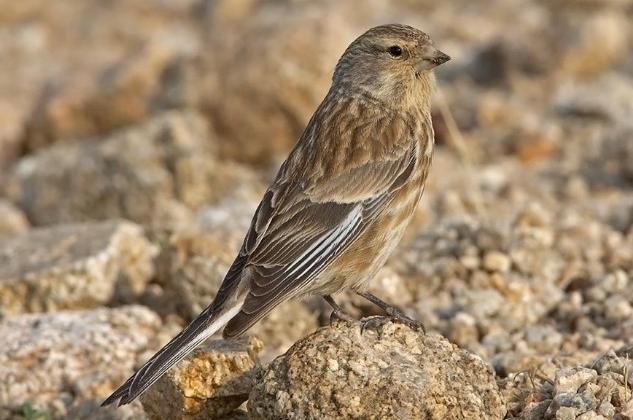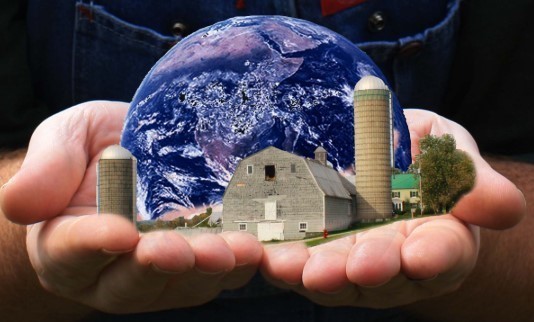What biosecurity means
Biosecurity as a term, whilst originally referring to agricultural and environmental threats, grew to be a response to the threat of biological terrorism in the 1990s and referred to the prevention of theft of biological materials from research laboratories and others, particularly dangerous pathogens and toxins, which could be used for malicious use. Biosecurity involves not just scientists, relevant government agencies, agricultural producers and the food industry, scientific research institutes, specialist interest groups, nongovernmental organisations (NGOs) and the general public. Over time, international standard-setting organisations, international bodies and international legal instruments and agreements now provide a governance framework for biosecurity. Together this allows for early recognition of emerging pest and disease threats, an ability to map exposure pathways, plan integrated responses to threats, whilst at the same time rationalising controls and improving emergency preparedness and response with the most efficient use of available resources.
The context of modern biosecurity
The public have become increasingly aware of biosecurity issues and the impact of adverse biosecurity events and interventions. This has led to political and social demands on government regulatory agencies and scientists to safely deal with the technological advances in detection and management of hazards to life and health, including very low levels of hazards which may negatively impact on health or the environment.
Ireland, as a farming country, has a comprehensive biosecurity programme directed at preventing disease transmission within and across farms, companies, facilities, regions, and countries. Whilst the main focus is on avoidance as the most effective way to prevent biohazard, when it comes to the movement of animals within or across groups/borders there are risks of contact with infectious diseases where biosecurity measures are needed to reduce unavoidable risk. This is done in three ways:
Isolation
This primary level of biosecurity is the location of animal facilities and related facilities. Physical isolation so that the facilities and farms are not located next to public roads, but also includes limiting the use of common vehicles and facilities, limiting access by personnel not directly involved with the operation, and controlling the spread of disease by vermin, wild animals and wind.
Structure
This secondary level of biosecurity deals with physical factors such as farm layout, perimeter fencing, drainage and housing design. As well as consideration of on-site movement of vehicles, equipment, and animals as well as feed delivery and storage.
Bioexclusion
The final level deals with routine procedures to prevent the introduction (bioexclusion) and spread (biocontainment) of infection within a facility, with a rapid response plan to deal with any emergencies.
Biosecurity in Ireland
Ireland is working to scale-up co-ordinated efforts to curb the threat of invasive non-native species, including introducing new measures to curb their spread and tightening biosecurity at ports and airports.
This includes co-ordination on restricting water transmission by deploying “check, clean, dry” protocols for those involved in angling, boating, yachting and the fisheries industry, to contain outbreaks, and a joint week-long information campaign. Specifically, Ireland is targeting species that are spreading most rapidly including freshwater invaders. Measures to contain regional problems were also identified, such as in dealing with proliferation of the Asian clam on Irish rivers, particularly the Shannon and Barrow. Ireland has already been successful in dealing with the discovery of P. ramorum, popularly known as Sudden Oak Death, at Glenariff Forest Park in County Antrim where around 150,000 affected trees were felled to prevent the fungal spores that cause the disease from spreading to other areas.
Stakeholders
In short, everyone is a stakeholder when it comes to biosecurity. Sector-specific government agencies have a primary interest in dealing with biosecurity threats, but industry, scientific research institutes, specialist interest groups, nongovernmental organisations (NGOs) and the general public all have a vital role to play. Within government it is not just the departments responsible for food safety, public health, agriculture, forestry, fisheries and the environment that play a part, but also trade, customs, transport, finance and tourism.
International stakeholders
International standard-setting organisations, international bodies and international legal instruments and agreements for biosecurity include the following:
The World Trade Organisation overseas the Codex Alimentarius Commission (CAC), the World Organisation for Animal Health (OIE) and the Commission on Phytosanitary Measures (CPM) that have come together to create the Sanitary and Phytosanitary Measures (SPS Agreement), 1995.

Other agreements include the Cartagena Protocol on Biosafety, the Codex Alimentarius, the Convention on Biological Diversity (CBD), the Food and Agriculture Organisation of the United Nations (FAO), General Agreement on Tariffs and Trade (GATT 1947), the International Health Regulations 2005 (IHR, 2005), the International Plant Protection Convention (IPPC), the International Maritime Organisation (IMO), the Organisation for Economic Cooperation and Development (OECD) and the World Health Organisation (WHO) are the potentially most important and relevant global organisations and bodies that are associated with biosecurity.




